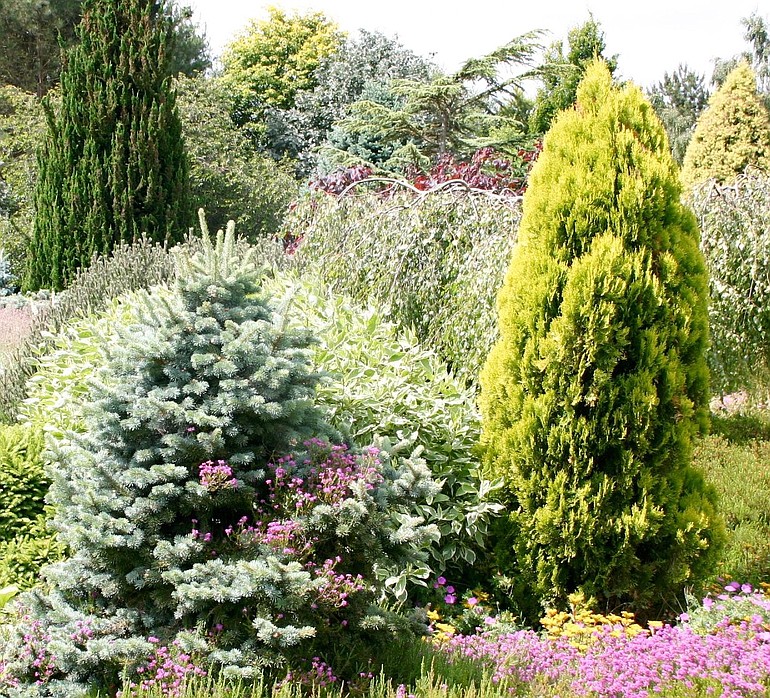I made a stop at Shorty’s Nursery on Mill Plain recently and succumbed to the thrill of shopping for plants on a sunny day in early spring. The new layout of the nursery is perfect for strolling through an expansive selection of plants laid out as we might find them in a real garden setting. The most rewarding job I can do in the garden in April is to plant. The first step in that process is finding the perfect plant for the perfect place in the garden.
April is still a good time to plant conifers and broad-leaved evergreens, as well as deciduous trees, shrubs, vines and ground covers. If, by some miracle, we should go through a dry spell before rain returns in earnest, it is up to the gardener to water, especially new plants. While you’re at it, give a good soaking to any plants that need special attention, such as those under the eaves of the house or at the base of evergreens.
Spring-flowering bulbs need water until the leaves and plant stalks begin to yellow. Water tulips with a soft spray from the side rather than from above so you don’t weaken the form of the flower. Bring potted plants out from winter storage and check the soil moisture, especially if they have been under the eaves or against the side of the house.
Check to make sure that no plants are standing in water. The most important consideration in planting a Southwest Washington garden is to assure good drainage. That is because we get a lot of rain and few plants can survive with their roots immersed in wet soil. Like drowning or suffocation, this will kill more plants than any other conditions. Move the plants or remedy the problem by adding organic matter to the soil and installing some form of drainage.
Here is a classic test for good water drainage, one that is well worth doing before you plant in any new area of the garden. Dig a hole one foot deep and two feet wide. Fill the hole with water and see how long it takes to dry out. If less than ten minutes, it is sharply drained. If less than four hours, it is well drained. If over four hours, drainage is likely to be poor. Always check for good drainage before you plant large trees and shrubs.
Turn your compost pile to help accelerate the process of decomposition as temperatures warm. Pull weeds while their roots are shallow and before they set seed. This is one of those jobs that is easiest to do early in the season, especially after a couple days of rain or even when it is raining. If there are brown spots in your lawn, make repairs now. Rake over the spots and add a thin layer of compost. Lightly seed over the entire area.
For those concerned with moss in the lawn, early spring is the time to treat grassy areas with iron. Usually, lawns that have moss will continue to have moss unless the conditions that cause the moss to grow are changed. Aerate the lawn area and prune back branches of trees that shade the lawn. Better yet, face reality head on and consider removing grass from this area altogether. Plant one of the many wonderful, low-maintenance ground covers instead.
Deadhead bulbs as they finish blooming and enrich the soil with compost, bone meal or an organic bulb fertilizer. If the soil is still cold, use a liquid foliar feeder for your first fertilization. When you find a bit of spare time in this busy season, take a trip to your favorite nursery. You had all winter to come up with a list of plants. Take the time to buy the one that is right for your garden.
I added “Goldilocks” White Pine to my conifer collection. With its long, blue-green needles frosted gold and its sweeping, upright form, it will make a dramatic specimen in my garden. I believe that finding the ideal tree, shrub, perennial or vine, planting it and watching it grow in the garden is what gardening is all about. One word of caution, planning and planting are a lifelong endeavor.
Robb Rosser is a WSU-certified Master Gardener. Reach him at Write2Robb@aol.com.



